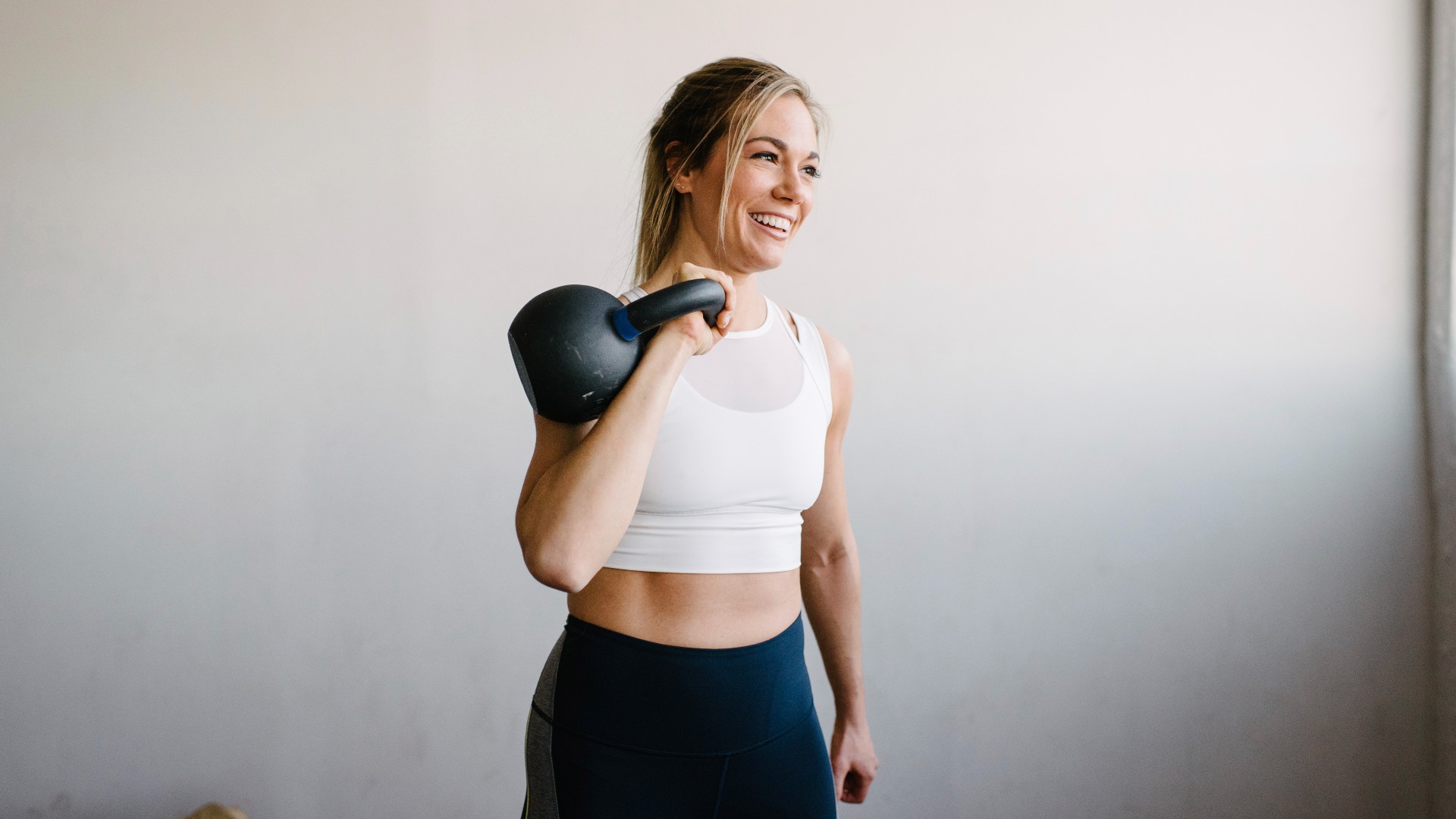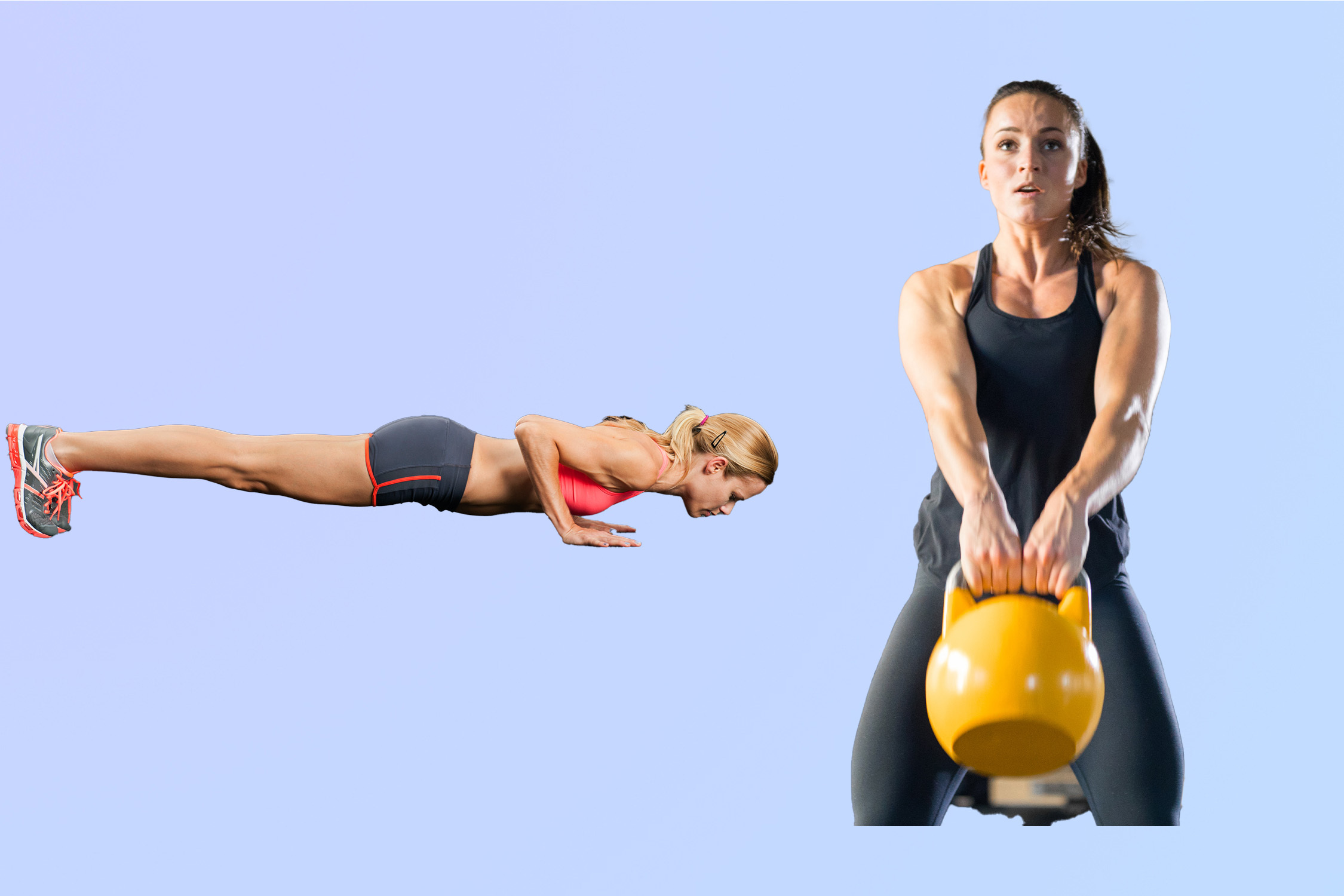
These three isometric kettlebell exercises help you build strength and stability — while barely moving. You only need one kettlebell and these three holds to work your entire body, which makes them good as a warm-up for strength training programs, a workout finisher, or a short exercise circuit.
The exercises were posted to the Critical Bench YouTube channel. If you haven’t heard of an isometric exercise before, this is a move that places the muscles under tension without moving the joints, like a plank hold.
No planks here though: just three testing kettlebell holds designed to fire up your muscles and deliver a burn in less than 10 minutes. Remember to warm up your muscles before every workout (I recommend grabbing one of the best resistance bands to help), and if you’re a beginner to exercise or returning from injury, consult a doctor or personal trainer first.

Zach Zenios, one of the Critical Bench trainers, recommends performing each exercise for 10 seconds with a short rest between each one, building up to a 30-second hold per exercise as you develop strength, stability, and muscle endurance.
Beginners could add these three holds into your workout regime to build strength and skills that transfer across to other exercises. Regardless of your ability, these are some of the best exercises to develop hip strength, grip, and forearm strength, which could improve your squat, deadlift technique, and more.
The exercises are:
Bottoms-up hold
Get instant access to breaking news, the hottest reviews, great deals and helpful tips.
The kettlebell bottoms-up hold is accessible for all levels, but if you have a weak grip, use a light kettlebell until you develop your technique. You can learn more about how to hold a kettlebell properly here. Zenios also recommends adding marches or walks to make this one more challenging.
Hack squat hold
During the hack squat, keep your spine tall and avoid leaning forward — you want to aim for a vertical descent into the squat with heels together and toes pointed outward, activating your glutes properly for the squat. The hack squat horizontal arm position will work your shoulder muscles hard, requiring plenty of stability to keep the kettlebell in front of your chest. Grip it like a handbag and breathe!
Hip flexor hold
Zenois warns to avoid the hip flexor hold if you suffer from lower back pain and high hip flexion. If you can maintain a neutral spine with no pain, this exercise is brilliant for developing hip strength and is particularly useful for sprinters. Start light and build, keeping your knee bent at hip height, and prepare for shaky leg time. You can also check out these 6 best strength and conditioning exercises for runners here.
I recommend performing each exercise for up to 30 seconds, resting for one minute, then repeating for several rounds. Check the video below for tips on correct form, posture, and what to avoid throughout.
“Isometric exercises place tension on a certain muscle without moving the surrounding joints," Zenios says. "The muscle is contracted and flexed, but there’s no visible joint movement. This is a great way to apply tension to the muscles without going through the full range of motion.”
Research has shown us that isometric contractions are applied during physical therapy, strengthening and stabilizing your muscles and improving endurance without placing high-impact stress on your joints. If you’re not working through an injury with a specialist, I still recommend combining these holds with isotonic exercise (like squats or push-ups) for a well-balanced exercise program.
Typically, people expect to move during a strength program, so isometric exercises like squat holds or planks are added to circuit training rather than practiced as a standalone session. But these moves are challenging to pull off and work up a sweat without technically moving a muscle.
More from Tom's Guide
- Try these core 5 barbell exercises
- Core 5 dumbbell exercises to develop muscle mass, strength, and power
- Slow metabolism? This could be the secret to better results
- Five shoulder stretches to relieve pain and build strength.

Sam Hopes is a level 3 qualified trainer, a level 2 Reiki practitioner and fitness editor at Tom's Guide. She is also currently undertaking her Yoga For Athletes training course.
Sam has written for various fitness brands and websites over the years and has experience across brands at Future, such as Live Science, Fit&Well, Coach, and T3.
Having coached at fitness studios like F45 and Virgin Active and personal trained, Sam now primarily teaches outdoor bootcamps, bodyweight, calisthenics and kettlebells.
She also coaches mobility and flexibility classes several times a week and believes that true strength comes from a holistic approach to training your body.
Sam has completed two mixed doubles Hyrox competitions in London and the Netherlands and finished her first doubles attempt in 1:11.

